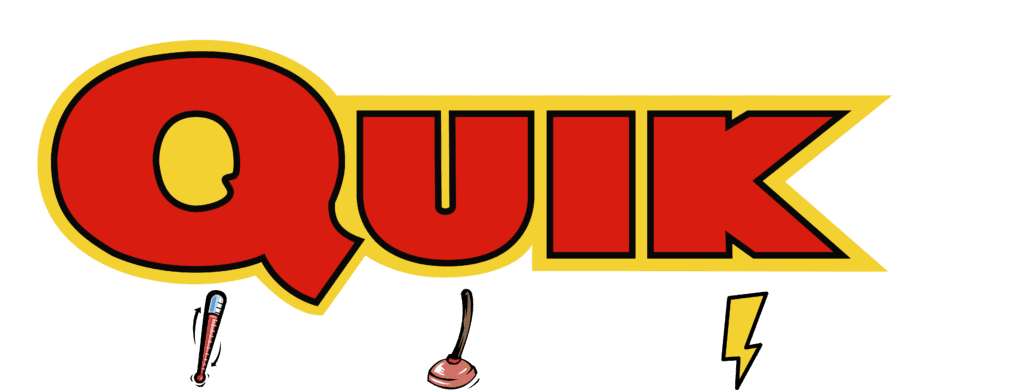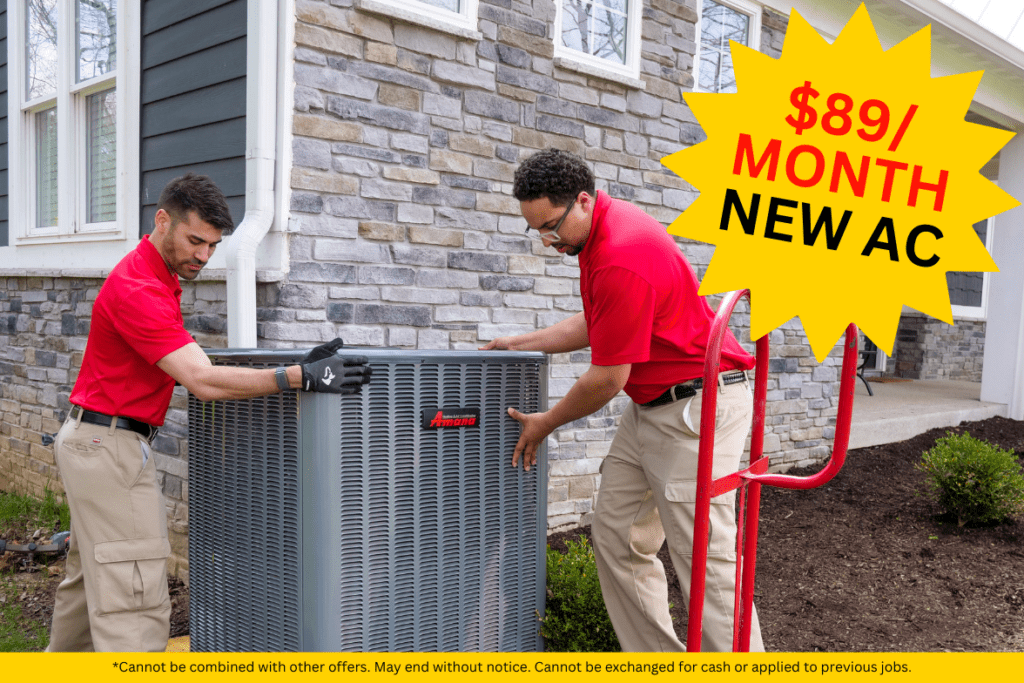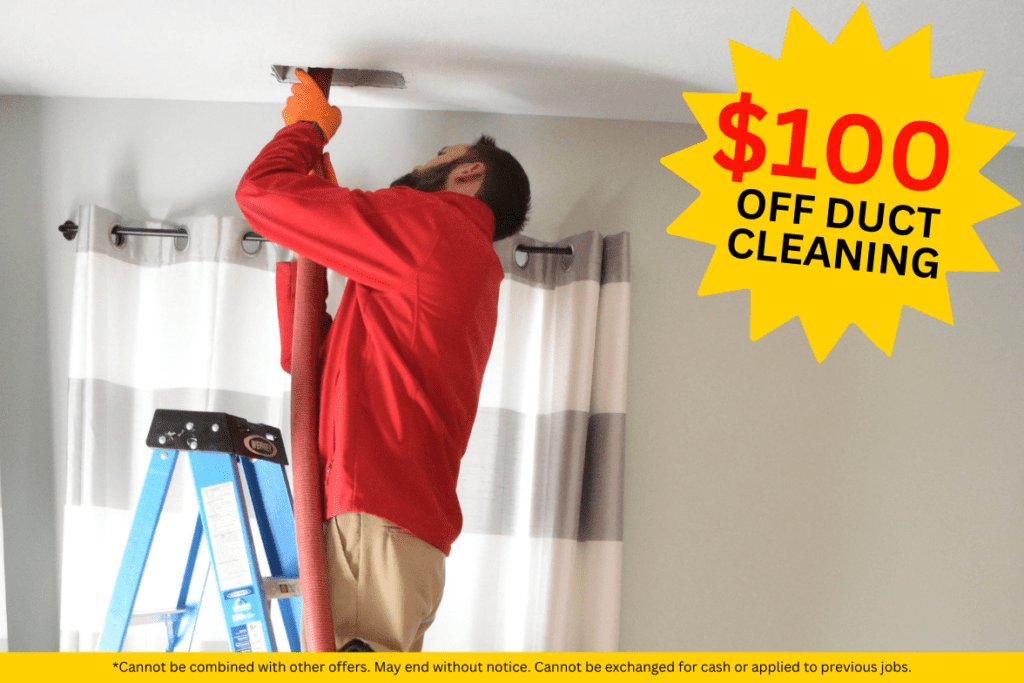Duct Sealing
$99.00 Room Temperature Service
Service Details
- Temperature Mapping
- Airflow Analysis
- Duct Inspection
- Leak Detection
- Performance Report
You May Also Like
About Room Temperature Service
At Mister Quik Home Services, we’re committed to ensuring your home is the perfect temperature in every room. Our $99 temperature diagnostic service is designed to pinpoint and resolve any temperature imbalances, ensuring your comfort and saving you money on energy costs. Our certified technicians, always arriving in neatly tucked-in uniforms, will conduct a thorough analysis of your home’s temperature distribution. We’ll use advanced diagnostic tools to map temperature variations, analyze airflow patterns, and inspect your ductwork for leaks that could be wasting up to 40% of your HVAC system’s output. You’ll receive a detailed report highlighting areas of concern and specific recommendations for improving your home’s comfort and energy efficiency. Our team can also provide immediate duct sealing solutions to help you start saving on energy costs right away. We’ll only begin any repairs once you fully understand and approve the plan, and payment is collected only upon successful completion of the service.
Service Details
- Temperature Mapping
- Airflow Analysis
- Duct Inspection
- Leak Detection
- Performance Report
FAQ's
Our technicians will perform a room-by-room temperature analysis, check airflow patterns, and conduct a thorough duct inspection, typically taking 1-2 hours.
By addressing temperature imbalances and sealing duct leaks, homeowners can save up to $300 annually on energy bills, with properly sealed ducts improving HVAC efficiency by up to 20%.
Temperature variations often result from duct leakage, poor airflow, or system imbalances, which our diagnostic service identifies and provides targeted solutions for.
Signs include rooms that are hard to heat or cool, high energy bills, and excessive dust, which our diagnostic service can determine if duct sealing will improve your home’s comfort and efficiency.
Our technicians will perform a room-by-room temperature analysis, check airflow patterns, and conduct a thorough duct inspection, typically taking 1-2 hours.
Sealing ducts can save homeowners over $300 per year on energy bills, improve HVAC efficiency by up to 20%, and enhance indoor air quality by preventing contaminants from entering the home.
No data found for the provided Place ID.










